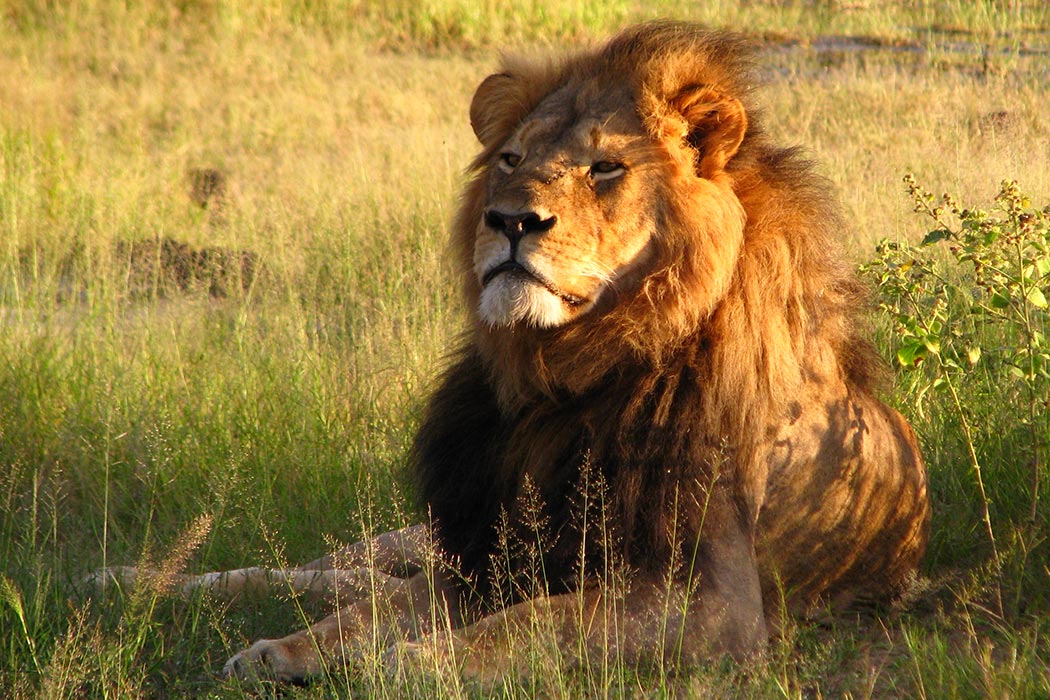The recent killing of “Cecil” the lion in Zimbabwe sparked a massive uproar about trophy hunting. Social media outrage led to a proposed anti-trophy bill in the U.S. Congress, and many air carriers now refuse to transport hunting trophies. Cecil’s killing took place under questionable circumstances, and an investigation by both U.S. and Zimbabwean authorities is under way. The incident raises the question: moral controversy aside, can legal, regulated hunts be a valuable tool for wildlife conservation?
The answer depends very much on what is being hunted, and where. The use of hunting in wildlife management is a fairly widespread and accepted practice, but things get tricky with large carnivores, according to a study in the Journal of Applied Ecology.
The problem is scientific uncertainty. It’s fairly easy to determine an ideal carnivore population size for a particular area, but that does not mean that when one animal is removed from this population all the others magically rearrange themselves. Unpredictable events happen, for example the deaths of dependent young, which are unaccounted for in population models. Hunting can reduce human-wildlife conflict, reducing retribution against all carnivores, by keeping carnivores away from ranches or conflict areas. Again, unpredictable things happen, and plans sometimes backfire, increasing both livestock and carnivore deaths.
However, there are systems in which hunting may benefit conservation, such as this Zambian model examined by Dale Lewis and Peter Alpert. In Zambia, hunting is allowed in Game Management Areas (GMAs) that serve as mixed-use buffer zones around national parks. Hunting concessions pay large fees, the majority of which go to conservation efforts and local economic development. Local residents are crucial to the success of not only GMAs but also the parks themselves; financial benefits can increase local investment in both.
Hunters pay larger fees than wildlife tourists, a boon in less spectacular areas like Zambia that do not have current tourism appeal. In these places, the higher hunting fees are a way to make up for missing tourist revenue. Fees pay local scouts who help police the area, reducing poaching.
Careful monitoring is vital to the system’s effectiveness, so Lewis and Alpert recommend a certification program. To be certified, companies must abide by scientific management principles and agree to provide the meat from kills to the local population and prevent diversion into the black market.
Ultimately, hunting leads to mixed results. It can indeed end up harming wildlife, but with careful management and proper distribution of the proceeds, hunting can be helpful. Good science is vital, but all too often lacking. Ultimately, for low-income residents in developing countries, wildlife is a food source or dangerous nuisance. People will only protect wildlife if it benefits them. For better or worse, there may be situations where carefully controlled legal hunts can be part of a successful conservation mix.







